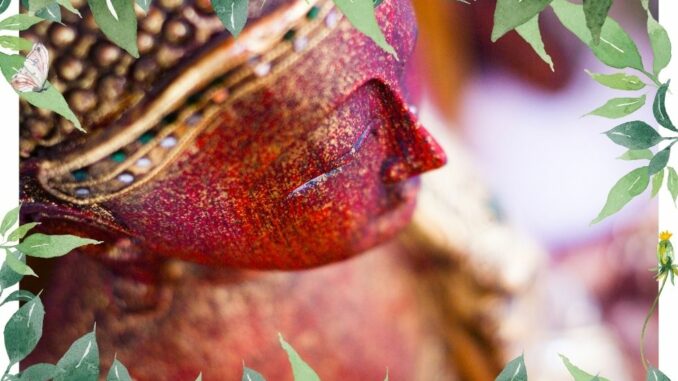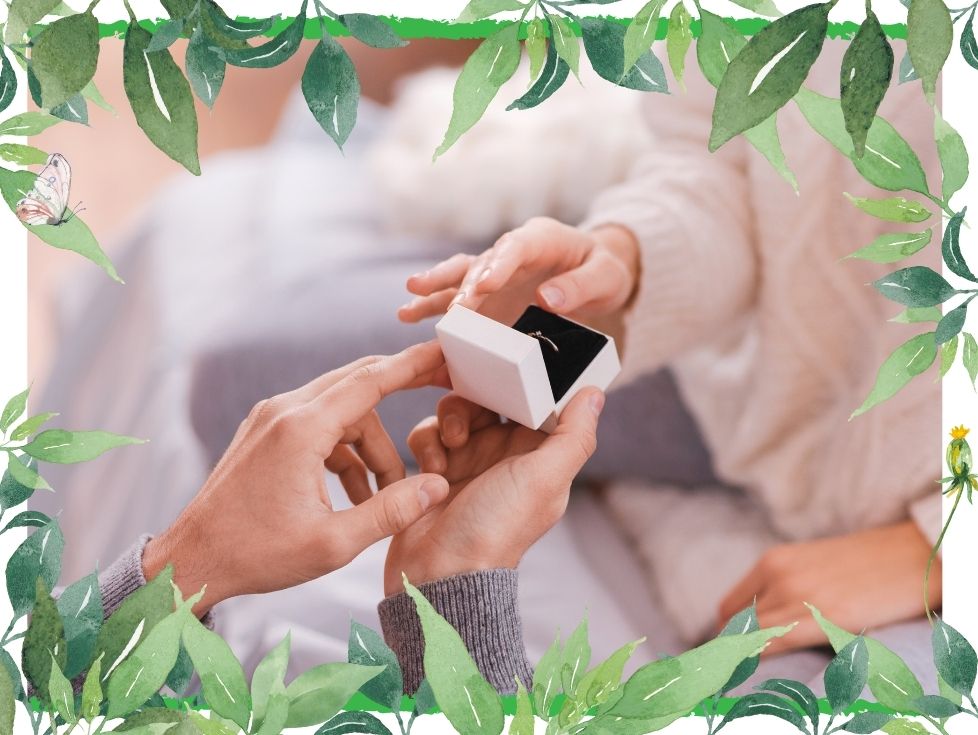
The teaching of Buddhism is no longer only widespread in Asia. In this country, too, more and more people are enthusiastic about the Buddhist worldview. More and more Buddha figures adorn living rooms and gardens at home. Before you get one though Buddha figure for the home buy, you should know the meaning of the different types of figures!
Buddha statues - meaning and appearance
Besides relaxation exercises, Yoga or exercises for attentiveness Buddhist teachings are still an important pillar for inner peace and serenity today. In Buddhism, numerous different national and local Cultures and traditions united.
Due to the wide spread of Buddhism, the style of individual Buddha figures can differ in different regions. However, they all have one thing in common spiritual meaning.
This can, among other things, at the posture and hand gestures (mudras) can be recognized. A distinction is made between:
- the seated Buddha
- the standing Buddha
- the reclining Buddha
Each of the three postures symbolizes a different one level of consciousness. By setting up the Buddha images, people should be reminded daily that life consists of both positive and negative repetitions. This can only through Meditation be escaped to put one's mind to rest.
additionally different spiritual meanings will be with the over 100 mudras, expressed in the gestures of the hands.
The seated Buddha
The most well-known and probably most frequently set up Buddha figure is that of the seated Buddha. This form of representation is reminiscent of the Buddhist teachings of inner peace and balance. Depending on the position of the hands (the mudra) shown, the seated Buddha can have different meanings. The most well-known are:
- Dhayana mudra
This gesture represents the seated meditating Buddha The hands lie loosely in the lap while the palms face upwards.
- Dharmacakra mudra
The Buddha figure sits cross-legged and has his hands raised at chest level. The thumb and forefinger are formed into small circles, with the fingers of the left hand touching the palm of the right hand. “Dharmacakra mudra” means something like “Set the wheel of teaching in motion".
- Bhusmisparsa mudra
Also in the Bhusmisparsa mudra, the Buddha image is cross-legged. However, the right hand is on his knee and the left is placed in his lap. The fingers of the right hand point downwards. The Bhumisparsa mudra describes the "defeat of the demon Mara" and thus expresses the strength and imperturbability Buddhas out.
- Karana mudra
The Karana mudra represents the symbolic defense against demons and everything negative. The hand is stretched out vertically or horizontally. The palms are pressed forward while the two middle fingers are pressed down by the thumb. Little finger and index finger are stretched out.
The Standing Buddha
In addition to the widespread sitting posture of Buddha figures, these are often also shown in a standing or striding form. This illustration describes the strength and vitality of teaching of Buddha. Depending on the position of the hands, standing Buddhas have different spiritual meanings. Most often you see:
- Abhaya-mudra
A Buddha image in abhaya mudra has hands raised with the palms facing forward. The hereby presented meaning "chasing away fear" promises in Buddhist teachings protection and fearlessness.
- Vitrka mudra
Standing Buddha figures with one or two raised hands, the thumbs and forefingers forming small circles, represent the Vitarka mudra. It shows the "gesture of instruction" and symbolizes the teaching and explaining.
- Varad mudra
A standing Buddha with his arms hanging down, his palms facing forward and his fingers stretched towards the ground at the same time, represents the Varada mudra. It symbolizes the "gesture of wish-granting" and stands for generosity and mercy.
The reclining Buddha
The depiction of the reclining Buddha is somewhat less well known. She provides that Entering Nirvana through the enlightened one and should thus symbolically carry the Buddhist teachings into your own four walls. Here it is less the gestures of the hands that express the symbolic power, but rather the position of the arms.
While the left arm is always on the body and the left foot is always on the right, a different depiction of the right arm shows different meanings. during that resting of the Buddha is represented with the right arm supporting the head, a right arm lying on the body shows that the Buddha has already entered Nirvana.
Buddha images in Buddhist week
During the Buddhist week different Buddha figures are assigned to the individual days, all of which have their own meaning. The first day of the week is Sunday. The accompanying figure shows Buddha in a relaxed pose with his arms hanging loosely. The left hand is covered by the right hand.
Monday is represented by a peaceful-looking figure. This should healing powers radiate, with the help of which diseases and strokes of fate can be overcome. On Tuesday, the preparation for Wednesday takes place in the form of a calm and serene lying Buddha figure.
Wednesday is that most significant day during Buddhist week. Different figures are assigned to morning and evening. A figure sitting upright in a waiting position symbolizes Wednesday morning. She holds a bowl for alms in her hand. On Wednesday evening, a Buddha figure is chosen in combination with an elephant and monkey.
The Thursday Buddha is probably the best-known representation of the Buddha figures. He meditates in sitting position with eyes closed. On Friday, the standing Buddha is depicted with his arms crossed in front of his chest. This character is combined with the King Naga on Saturday, bringing about the bringing of protection and harmony is symbolized.
Where should Buddha images be placed?
To the Buddhist teachings and the positive qualities of Buddhism in the to spread within your own four walls, you can also set up various Buddha figures at home. become like this Stress and unrest and you will notice how more serenity will move into your home.
Basically, you can get the Buddha images you want in almost every room set up. Specific Buddha figures for the garden are also weatherproof and thus ensure peace and serenity in the outdoor area.
Table of Contents



Leave a comment now